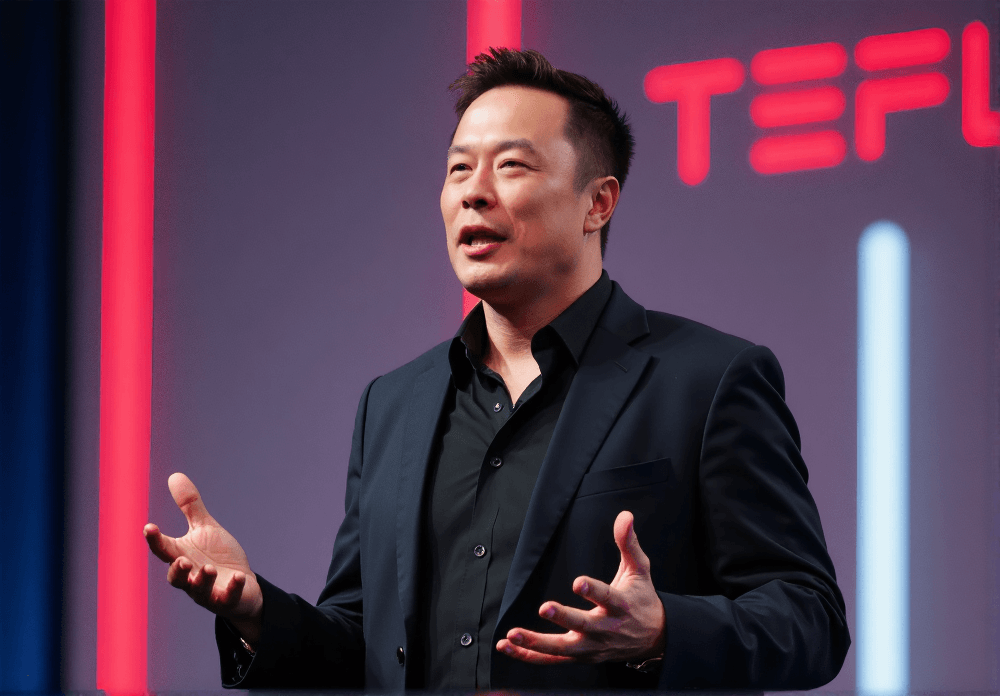Elon Musk’s presence on social media and in public discourse has generated significant attention and analysis. His communications range from insightful business wisdom to controversial statements that have impacted market valuations and public perception. This analysis examines both the most impactful and problematic statements from his public communications.
Most Impactful Business Insights
On Innovation and Progress
One of Musk’s most celebrated quotes addresses the fundamental nature of innovation: “When something is important enough, you do it even if the odds are not in your favor.” This statement, made during a 2015 interview, encapsulates his approach to entrepreneurship and risk-taking. The quote resonates particularly well because it acknowledges both the challenges and necessity of pursuing ambitious goals.
Similarly, his observation that “Engineering is the closest thing to magic that exists in the world” has inspired many young people to pursue technical education. This statement effectively communicates both the wonder and practical impact of technological development.
On Leadership and Management
In discussing company management, Musk provided valuable insight with: “I think it’s very important to have a feedback loop, where you’re constantly thinking about what you’ve done and how you could be doing it better.” This quote demonstrates his emphasis on continuous improvement and self-reflection in business operations.
On Long-term Vision
His statement “I would like to die on Mars, just not on impact” combines humor with a serious message about long-term commitment to space exploration. This quote effectively communicates both vision and determination while maintaining accessibility through humor.
Problematic Communications
Market-Impacting Tweets
One of the most controversial tweets came in 2018: “Am considering taking Tesla private at $420. Funding secured.” This communication led to SEC investigation and settlement, demonstrating the risks of impulsive corporate communications on social media.
Public Disputes
His public conflicts with various parties, including regulators and media organizations, have sometimes devolved into personal attacks rather than substantive discourse. For instance, his response to criticism of Tesla’s Autopilot system often shifted from technical discussion to personal confrontation.
Analysis of Communication Patterns
Effective Elements
- Technical Depth Musk’s most effective communications often combine technical knowledge with accessible language. His explanations of complex topics like electric vehicle technology and space exploration demonstrate deep understanding while remaining comprehensible to general audiences.
- Vision Communication His ability to articulate long-term visions for technological development has been particularly effective in building public support for ambitious projects.
- Transparency When discussing technical challenges or company setbacks, his more measured communications have helped maintain credibility with stakeholders.
Problematic Patterns
- Impulsive Communications Quick, unvetted responses on social media have sometimes led to legal and regulatory challenges.
- Confrontational Tone His tendency to engage in public disputes has occasionally overshadowed his companies’ achievements.
- Market Sensitivity Some communications have shown insufficient awareness of their potential impact on market dynamics and investor behavior.
Impact on Business Operations
Positive Outcomes
Musk’s effective communications have:
- Generated substantial free publicity for his companies
- Built strong brand loyalty among customers
- Attracted top talent to his organizations
- Created public interest in complex technical subjects
Negative Consequences
Less successful communications have:
- Led to regulatory scrutiny and legal challenges
- Caused temporary stock price volatility
- Created unnecessary public relations challenges
- Distracted from company achievements
Lessons for Business Leaders
Communication Best Practices
- Balance Transparency and Prudence While openness can build trust, careful consideration of market impact is essential.
- Maintain Professional Distance Even in disagreements, maintaining professional discourse protects both personal and corporate reputation.
- Consider Stakeholder Impact Communications should account for their effect on employees, investors, and other stakeholders.
Evolution Over Time
Early Communications
Musk’s earlier communications tended to focus more on technical and business aspects, with generally positive reception from media and industry observers.
Recent Trends
More recent communications have shown increased willingness to engage in public controversy, with mixed results for his companies and personal brand.
Media Response and Public Perception
Traditional Media
Traditional media outlets have increasingly focused on controversial statements rather than business achievements, affecting overall coverage of his companies.
Social Media Response
While controversial posts often generate high engagement, they have also led to increased scrutiny and criticism from various stakeholders.
Impact on Corporate Governance
Board Oversight
His communication style has influenced corporate governance structures, with boards implementing various oversight mechanisms for executive communications.
Regulatory Response
Regulatory bodies have developed new approaches to monitoring and controlling executive social media use, partly in response to his activities.
Future Considerations
Communication Strategy
Future business leaders might consider:
- Developing clear social media policies
- Implementing review processes for significant communications
- Balancing personal brand with corporate responsibilities
Stakeholder Management
Effective stakeholder management requires:
- Consistent communication style
- Consideration of diverse audience needs
- Balance between transparency and discretion
Conclusion
Elon Musk’s public communications offer valuable lessons in both effective and problematic business communication. His most successful statements combine technical insight with accessible language and inspiring vision. However, his less successful communications demonstrate the risks of impulsive social media use by high-profile executives. Future business leaders can learn from both aspects to develop more effective communication strategies.
The analysis of his communications highlights the increasing importance of careful message management in an era of instant global communication. While personality and authenticity remain valuable, they must be balanced against corporate responsibility and stakeholder interests. The evolution of his communication style and its impacts provides valuable insights for current and future business leaders navigating public discourse in the digital age.
